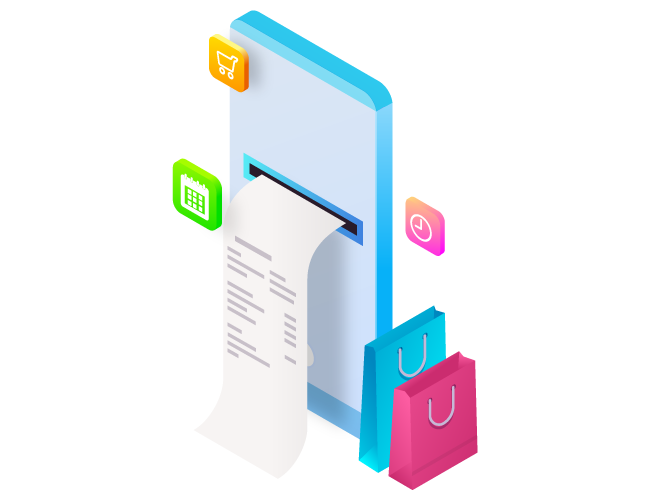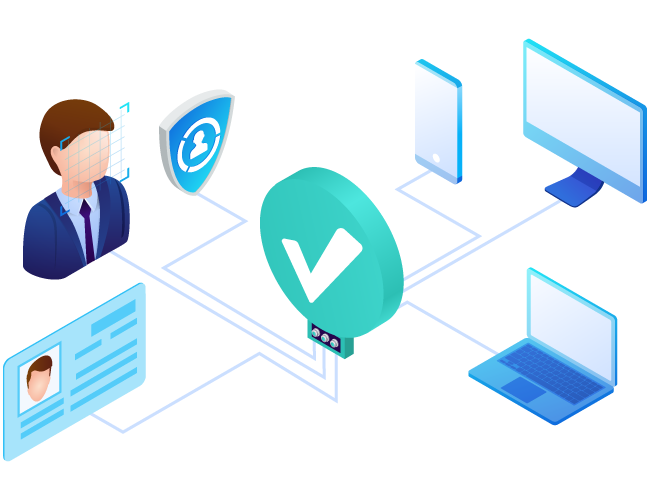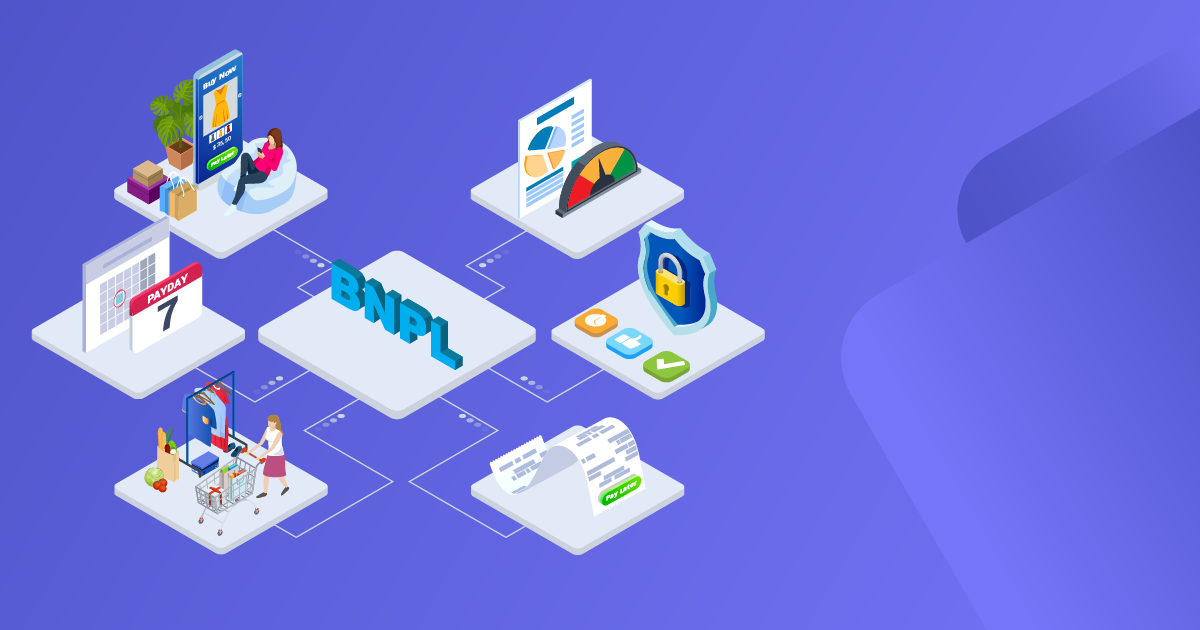
May 20, 2024
Credit Crunch vs. Payment Plans: Comparing Credit Cards to BNPL

In today's fast-paced digital world, characterized by consumers' relentless pursuit of convenience and flexibility in their shopping journeys, Buy Now Pay Later (BNPL) services have emerged as a modern financing option. Particularly popular in online shopping, BNPL is revolutionizing the way people shop. In this article, we explore the convenience offered by BNPL, its distinctions from traditional credit cards, and the factors fueling its popularity among both consumers and merchants.
Unlocking Ultimate Convenience with BNPL
BNPL services have transformed online shopping by offering consumers the flexibility to make purchases and spread payments over time through convenient installment plans. Seamlessly integrated into the checkout process of numerous online merchants, BNPL provides an alternative to traditional payment methods, empowering consumers with greater financial control.
With BNPL, shoppers have the autonomy to choose and customize installment plans, enriching their shopping experience and financial management. Unlike credit cards, which mandate minimum monthly payments with interest accumulating on unpaid balances, BNPL generally divides the purchase amount into equal installments over a set period, often interest-free, making it an attractive option for those looking to avoid accumulating high-interest debt.
As a result, BNPL has gained popularity among a wide range of demographics, from millennials seeking flexibility to budget-conscious shoppers looking for convenient payment options. This groundbreaking financial solution is reshaping the landscape of online commerce, offering a win-win solution for both consumers and merchants alike.
Differentiating Between BNPL and Credit Cards
Many argue that both BNPL and credit cards fulfill the same function of deferring payment for goods or services. However, a fundamental difference distinguishes the two. While credit cards operate on the basis of a revolving credit line, BNPL relies on a structured borrowing and lending model. This distinction impacts various aspects of the consumer experience. Understanding this difference is crucial for individuals seeking to navigate their financial options effectively, empowering them to make informed decisions aligning with their financial goals and preferences. Here are some key contrasting points:
Approval Process
BNPL typically entails a less stringent approval process than credit cards, which often require rigorous credit checks.
Fees and Charges
BNPL services generally impose zero fees compared to credit cards, appealing particularly to budget-conscious consumers.
Flexibility in Spending
BNPL allows for more flexible spending options, enabling consumers to manage their budgets more effectively without the temptation of revolving credit.
Accessibility
BNPL services are often more accessible to individuals with limited or no credit history, providing an alternative financing option for a broader demographic.
Risk of Debt Accumulation
While both BNPL and credit cards offer convenience, BNPL carries a lower risk of debt accumulation due to its structured installment plans, reducing the likelihood of financial strain.
Conclusion
In summary, BNPL emerges as a convenient and adaptable alternative to credit cards, granting consumers enhanced financial control and simplified budget management. However, it's crucial to exercise responsible usage and carefully consider individual financial circumstances when making decisions. Whether opting for BNPL's flexibility or leveraging credit cards' established benefits, the critical factor is aligning with personal financial objectives.
As BNPL gains traction in the market, it presents a unique opportunity for both consumers and merchants to embrace modern payment solutions tailored to evolving needs and preferences. By staying informed and mindful of their financial goals, individuals can leverage BNPL's advantages while navigating the evolving landscape of digital commerce.






